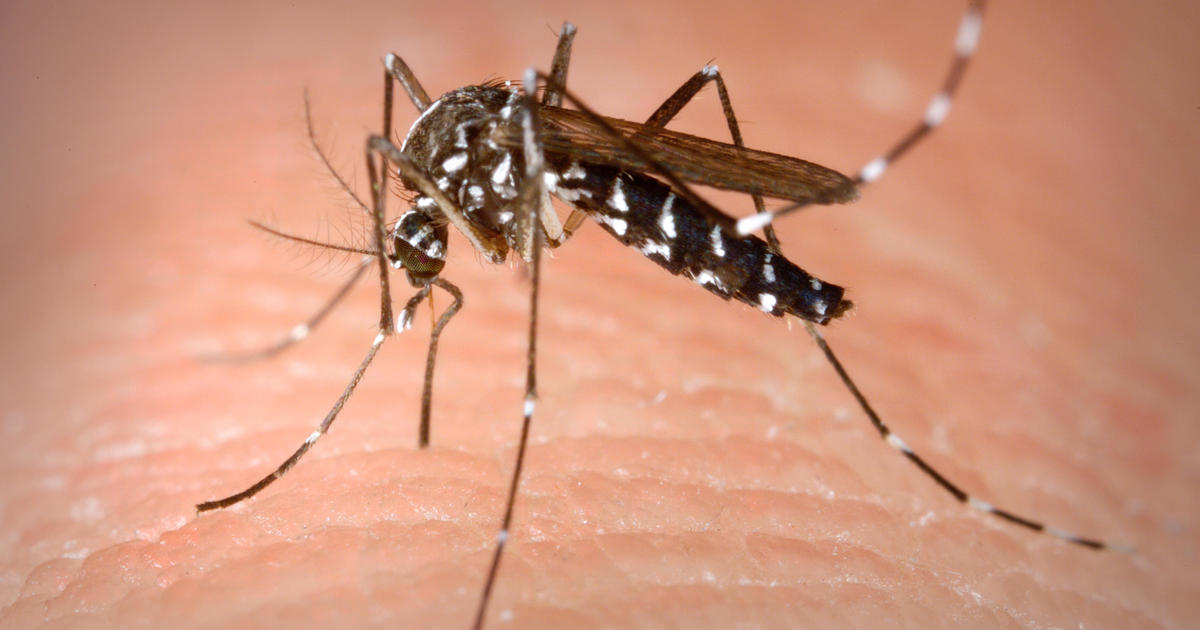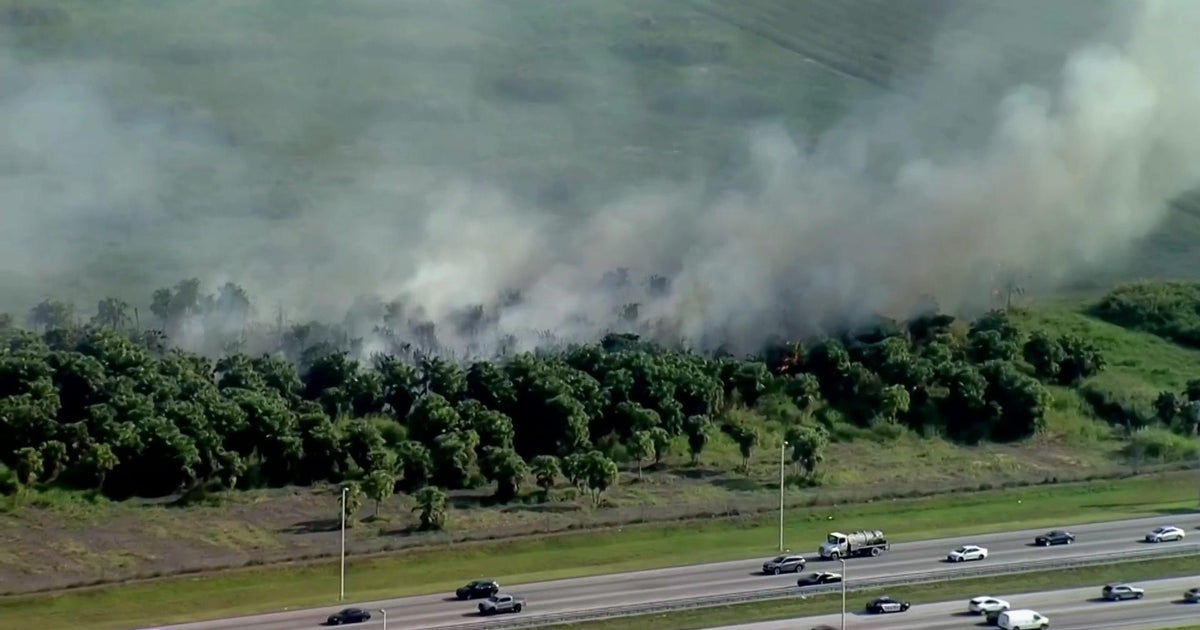Study: So. Florida Butterflies Unintended Victims Of Mosquito Control
Follow CBSMIAMI.COM: Facebook | Twitter
MIAMI (CBSMiami) – Spraying insecticides may help control pesky mosquitoes, but South Florida's butterflies may have become an unintended victim, according to a five-year study.
Scientists at FIU Ecotoxicology and Risk Assessment Lab has found that exposure to the insecticides sprayed locally for mosquito control, which is a combination of naled, permethrin, and dichlorvos, are acutely toxic--with some species being more sensitive than others.
The researchers, over a 5-year period, studied the abundance and diversity of butterfly populations in the area.
The butterflies were most directly affected by insecticides sprayed in the air and ground, but they were also significantly exposed to the chemicals by eating contaminated plant leaves as caterpillars.
"Changes in butterfly populations that occur as a result of natural factors are difficult to control and manage," said Gary Rand, director of the Ecotoxicology and Risk Assessment Lab and professor of environmental studies said in a press release. "Human factors, like our use of insecticides, can certainly be monitored and managed more effectively."
The researchers found naled was most acutely toxic when ingested.
"These results are based only on ingestion and single chemical doses," Rand said. "It doesn't include other typical exposure scenarios that may occur in the environment, where the organisms may be exposed via environmental drift and to multiple or continuous exposures."
The studies were funded by the U.S. Fish and Wildlife Service, published in Environmental Toxicology and Chemistry; Science of the Total Environment; and Chemosphere.
The Environmental Protection Agency (EPA) lists the insecticides naled, permethrin and dichlorvos as highly toxic to aquatic organisms and honeybees and relies on honeybees to test the effects of insecticides on unintended targets. According to the researchers, butterflies, with their much larger surface areas, are at greater risk of exposure than the smaller honeybee. They recommend using butterflies as potential test organisms when testing the effects of pesticides on non-target organisms.



